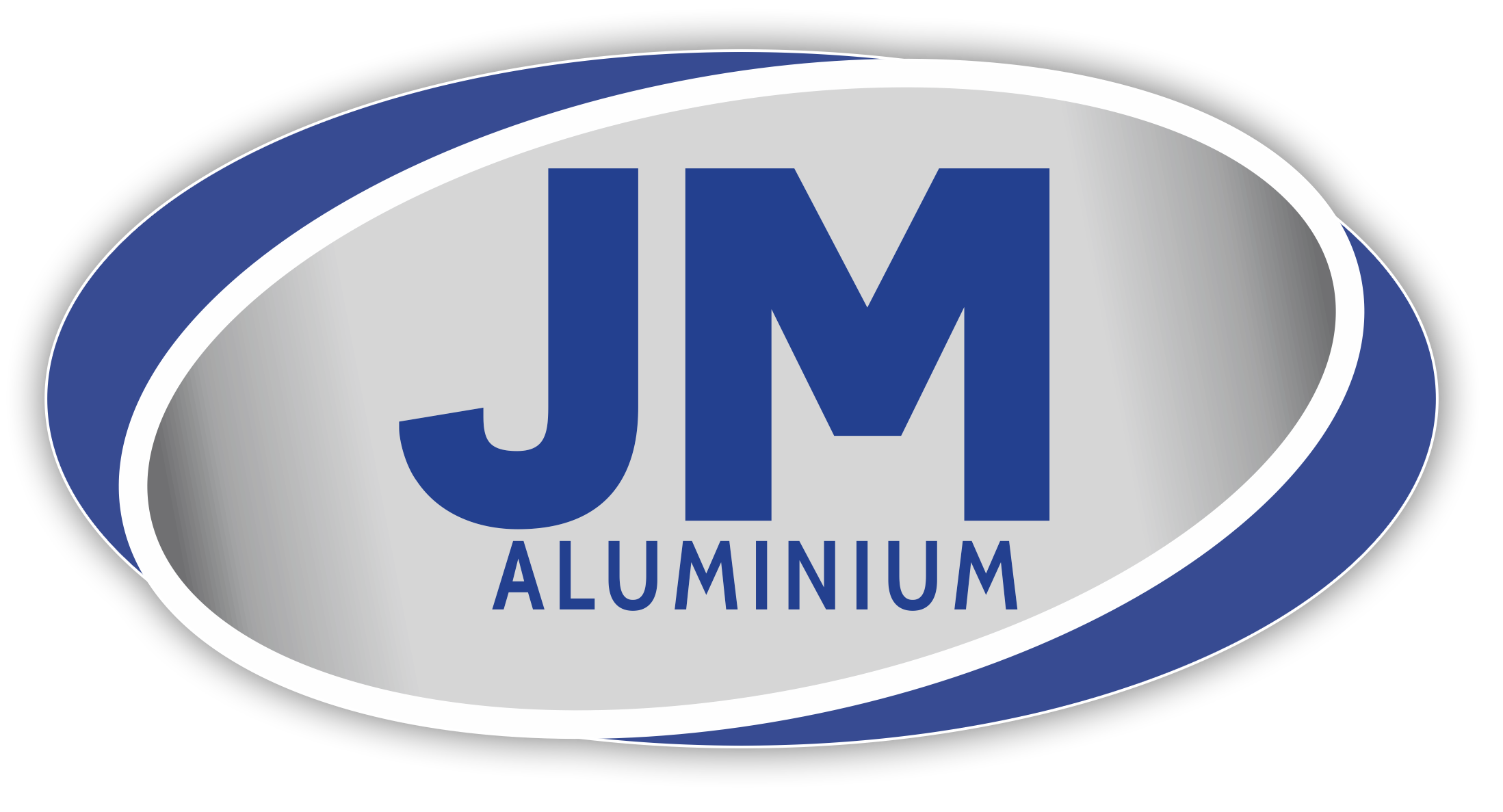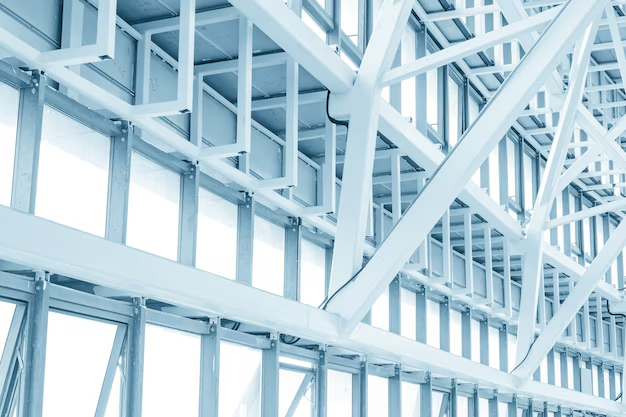The Role of Aluminium in Solar Panel Frames: Functions and Advantages
In terms of the sources of energy, there can be no better source of clean energy than the energy obtained from the solar system with the solar system. As demand for solar energy rises, however, there’s still greater demand for a substrate that’s stronger, cheaper, and lighter to construct solar panels. One of such materials is aluminium. This role played by aluminium in the formation of solar panels is crucial in their construction. Framework aluminium sections will join the solar cells and ensure that no environmental factor gets close to the cells. The article explains how the aluminium frame for the solar panel functions and why aluminium would be best suited for the purpose.
Role of Aluminium in Solar Panel Frames: Aluminium can be widely used for constructing solar panels due to its versatility, good fit, and excellent properties. The frame of the solar panel provides protection and positions the solar cells optimally. The aluminium sections are used as formwork, which helps to add structural integrity but protects it from weathering. Aluminium possesses a strength that can resist all kinds of environmental conditions without causing damage to the inner parts of the panel. Second, aluminium frames are lightweight, making it easy to handle, transport, and install solar panels with minimal effort. Their durability and resistance to corrosion also ensure a long-lasting and low-maintenance solution for solar panel installations.
Why aluminium is in Trend for Solar Panel Frames: The utility of aluminium in the frames of solar panels may be attributed to a lot of factors. The most well-known of them is corrosion resistance. The solar panels are very exposed to all forms of weather, including rainy, windy, and sunny weather. If exposed for a long time, it may rust and then degrade with other materials allowed into the room. While iron does not form the oxide layer, in most cases, it comes into contact with oxygen, while aluminium does and this layer shields the aluminium from rusting. This is the reason why it is so strong and is ready to act within a very long period on the market. It ensures that the frame of the solar panel stays intact and will continue to offer reliable support for the solar cells for a very long time. Another fantastic advantage of using aluminium is its lightness. Though aluminium may be robust, it is extremely light. This makes the solar panels easier to transport and install. Lighter frames mean that the panels as a whole weigh less, making it easier to handle them around during installation. Because it is light, aluminium reduces the load on whatever structure supports the solar panel installations, thus offering safety to the building and other installations.
Durability of Aluminium Frames: The primary duties of aluminium, in the cases of frames around solar panels, are protection, at least giving that panel a life span. This is because aluminium is strong, hard, and resistant to impact. Thereby, through this, a metal can cope with any of the distress experienced in the form of strong winds, hail, and even bumping shipping into a thing. A rigidity characteristic of aluminium combined with strength just does not break cells. Resistance to impact is high, but other general factors make a solar panel last for an extended time with a life cycle due to resistance to extreme weather in terms of hot and cold climates, making solar panels last long for dozens of years with extremely negligible effects during these times.
Toughness and Resistance of Aluminium: This means that solar panels should work for hundreds of years in the most stringent weather conditions. This exposed the solar panels to a wide range of weather, such as intense sunlight, heavy rain, snow, and extreme temperatures. Such conditions make it stand without degrading. In a hot climate, the aluminium frame reflects some sunlight, which means less absorption of heat into the panels; hence, the system is cooler and has less chance of overheating. In a cold climate, aluminium does not become brittle like other materials; therefore, the frame will be strong and intact even in freezing temperatures. This resilience makes aluminium a perfect choice for the frames of solar panels since it ensures that the panels are effective and in operation regardless of the weather.
Cost-Effectiveness of Aluminium Frames: The said material, aluminium, is not the cheapest in the market, but this will be effective in the long run. Aluminium frames also do not need to be maintained or replaced many times because they are very strong, lightweight, and do not rust. The frames made up of aluminium ensure an increased lifetime for the solar panels and provide solar energy benefits to a homeowner and a business owner without additional costs. Other reductions in transport, as well as the cost of installations, add more desirability to using aluminium in the frames, making it more appealing for cost-cutting investments initially. Its indefinite lifetime also means fewer repairs during periods of use, hence reducing maintenance costs in the long run. This makes it less expensive and much better for those who do not want to incur recurrent costs.
Conclusion
Aluminium in solar panel frames will be one of the components of solar technology that will outlast into the future. It is strong, lightweight, corrosion resistant, and cheap, hence ensuring its position in ensuring that solar panels last and work for a long time. Slowly moving towards renewable energy solutions will only increase the requirement for more reliable and efficient materials, like aluminium. However, with the coming of modular aluminium extrusions, there seems to be an even brighter future for the element of aluminium in terms of its use as the frame material of solar panels. Advanced techniques are now used in manufacturing better and highly tailored aluminium frames, which enhance the performance of solar panels. As solar energy is increasing, it will continue using aluminium as its main material to provide support and protection as mankind continues to power our world with clean, renewable energy.




